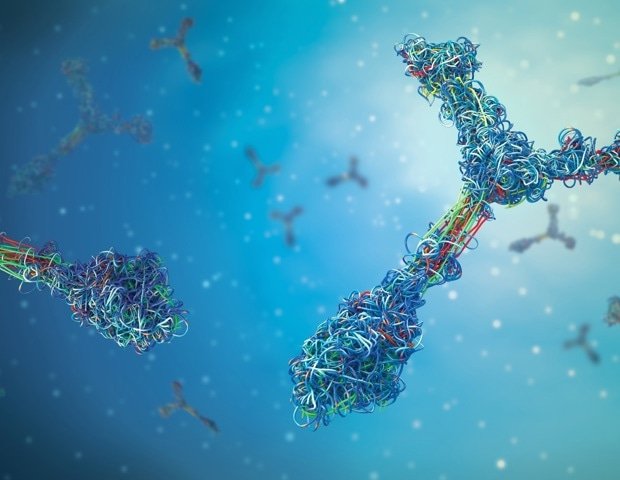New work from Columbia researchers has upended a basic tenet of genetics and revealed why some people who carry disease-causing genes don’t show symptoms.
Every biology student learns that every cell in our body (except sperm and eggs) contains two copies of each gene, one from each parent, and each copy plays an equal role in the cell.
The new study shows that certain cells are often biased when it comes to certain genes and turn off one parent’s copy. The phenomenon was discovered about a decade ago, but the new study shows how it can affect disease outcomes. The Columbia researchers looked at some immune system cells from ordinary people to get an estimate of the phenomenon and found that these cells had turned off the maternal or paternal copy of a gene for one out of 20 genes used by the cell.
“This suggests that there is more plasticity in our DNA than previously thought,” says study leader Dusan Bogunovic, professor of pediatric immunology at Columbia University’s Vagelos College of Physicians and Surgeons.
So, in some cells in your body, every 20th gene can be a little more mom, a little less dad, or vice versa. And to make matters even more complicated, this may be different in white blood cells than in kidney cells, and may change over time.”
Dusan Bogunovic, Professor of Pediatric Immunology, Vagelos College of Physicians and Surgeons, Columbia University
The results were published Jan. 1 in the journal Nature.
Because it matters
The new study explains a long-standing puzzle in medicine: why do some people who have inherited a disease-causing mutation have fewer symptoms than others with the same mutation? “In many diseases, we’ll see that 90% of people who carry a mutation are sick, but 10% who carry the mutation don’t get sick at all,” says Bogunovic, a scientist who studies children with rare immune disorders at Irving Medical Center. Columbia University.
Enlisting an international team of collaborators, the researchers examined several families with different genetic disorders that affect their immune systems. In each case, the disease-causing transcript was more likely to be active in diseased patients and suppressed in healthy relatives who had inherited the same genes.
“There was some speculation that this bias towards one or the other copy could explain large differences in the severity of a genetic disease, but there was no experimental evidence until now,” says Bogunovic.
Although the current work only looked at immune cells, Bogunovic says the selective bias for the maternal or paternal copy of a gene affected more than just immune-related genes. “We don’t see a preference for immune genes or any other class of genes, so we think this phenomenon may explain the large variability in disease severity that we see with many other genetic conditions,” he says, adding that “this could be tip of the iceberg”.
The phenomenon could explain diseases with outbreaks, such as lupus, or those that occur after environmental triggers. It could also play a role in cancer.
Is the future of treatments for genetic diseases changing?
The study’s findings point to an entirely new paradigm for diagnosing and perhaps even treating inherited diseases.
The researchers suggest expanding the standard characterization of genetic diseases to include patients’ “transcriptotypes,” their patterns of gene activity, in addition to their genotypes.
“This changes the paradigm of testing beyond your DNA to your RNA, which as we showed in our study, is not equal in all cell types and can change over time,” says Bogunovic.
If researchers can identify the mechanisms behind selective gene inactivation, they may also be able to treat genetic diseases in a new way by changing the patient’s gene expression pattern to suppress the unwanted copy. While stressing that such strategies are still a long way from clinical use, Bogunovic is optimistic: “At least in cell culture in the lab we can do it, so manipulating it in this way is something that could turn someone’s genetic disease into a non-disease , assuming they are successful.”
Source:
Journal Reference:
Stewart, O., et al. (2025) Monoallelic expression can govern the penetrance of innate immune defects. Nature. doi.org/10.1038/s41586-024-08346-4.
